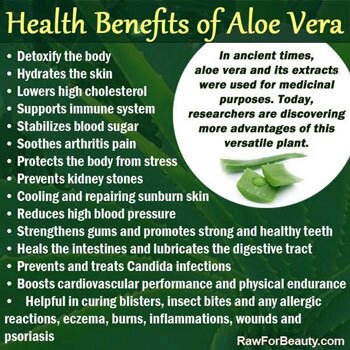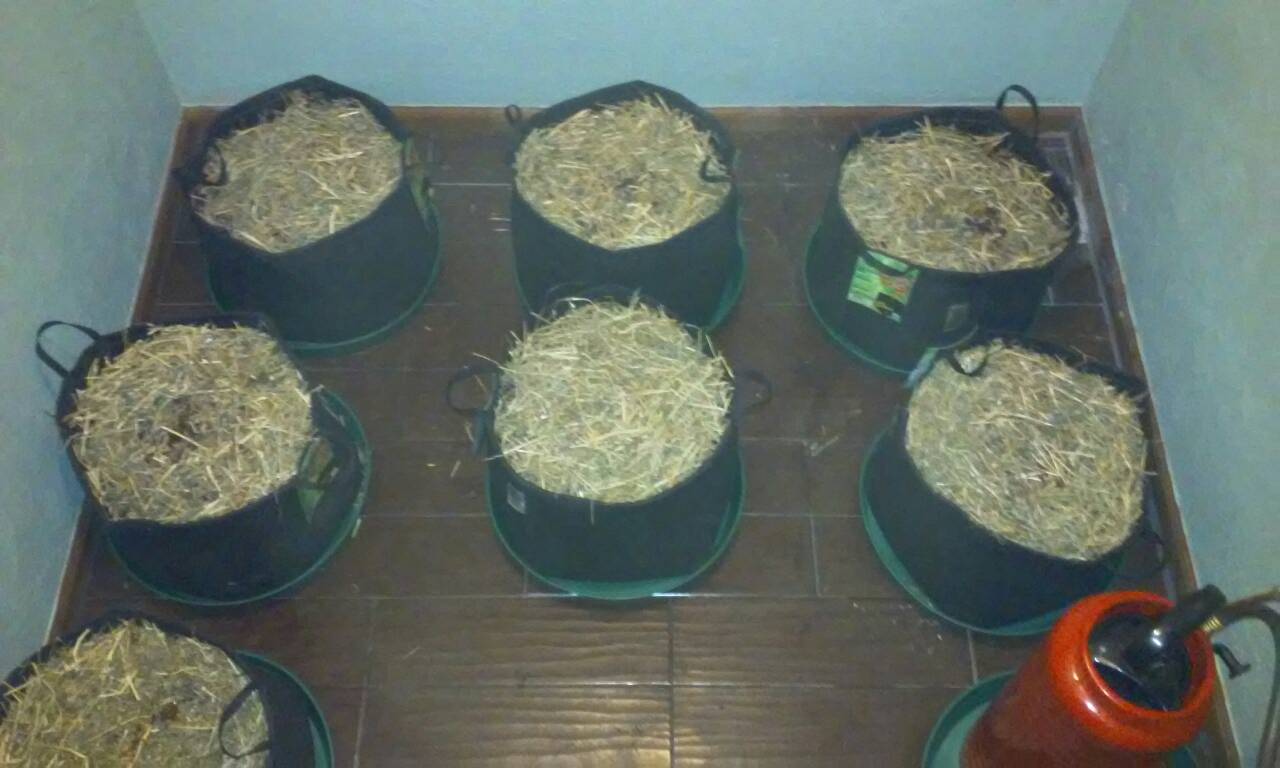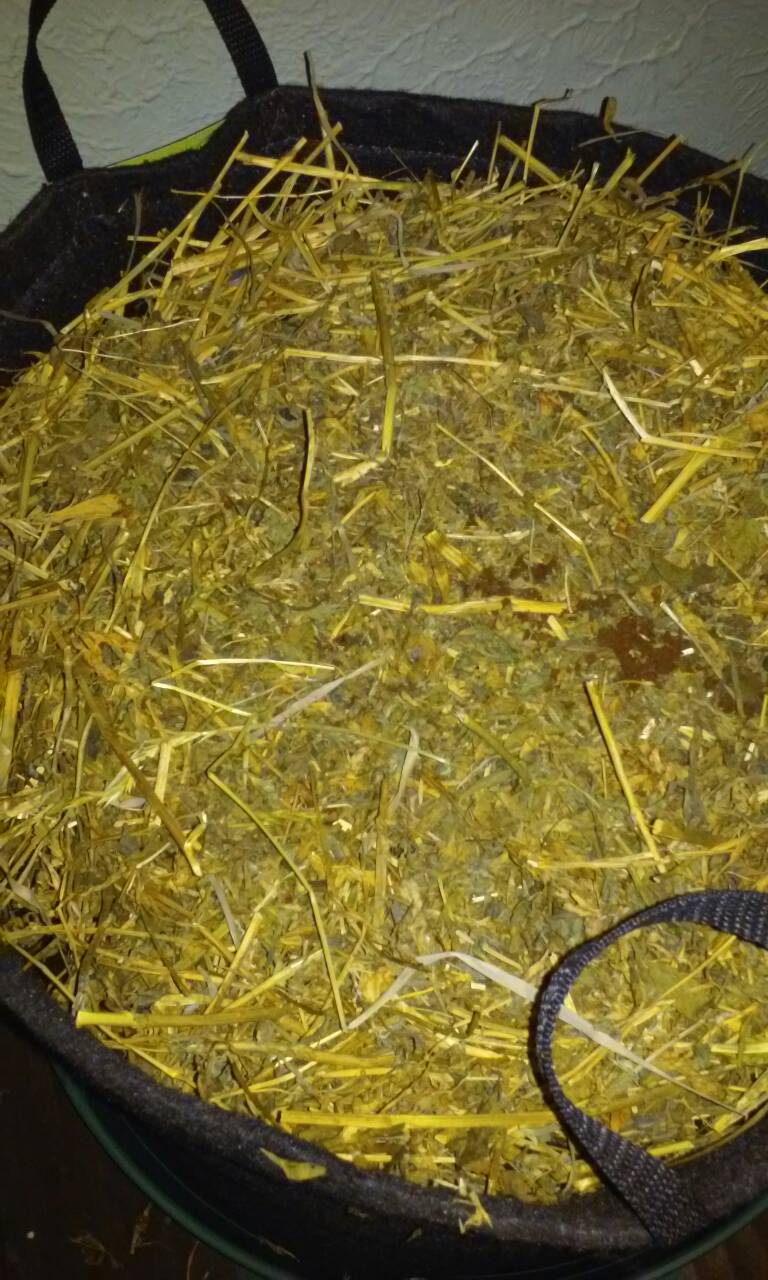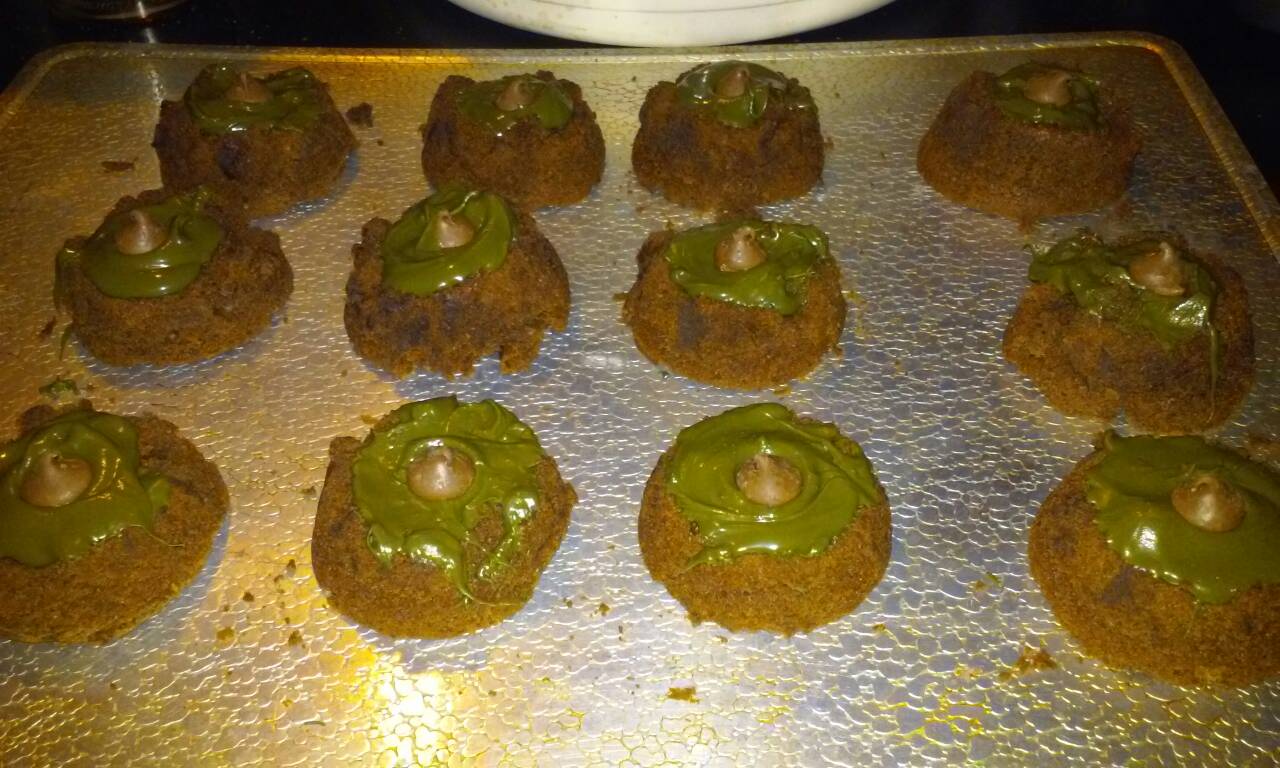jaymu86
New Member
NiceWorking in my grow room, figure I can do 8 plants in 10gals and still have room to walk in and work on them. Still have to make a hole in the wall to vent my 6" fan outside and run a heavy duty extension cord into here to power everything and I'll be ready for my lights to get here in the next couple of weeks.
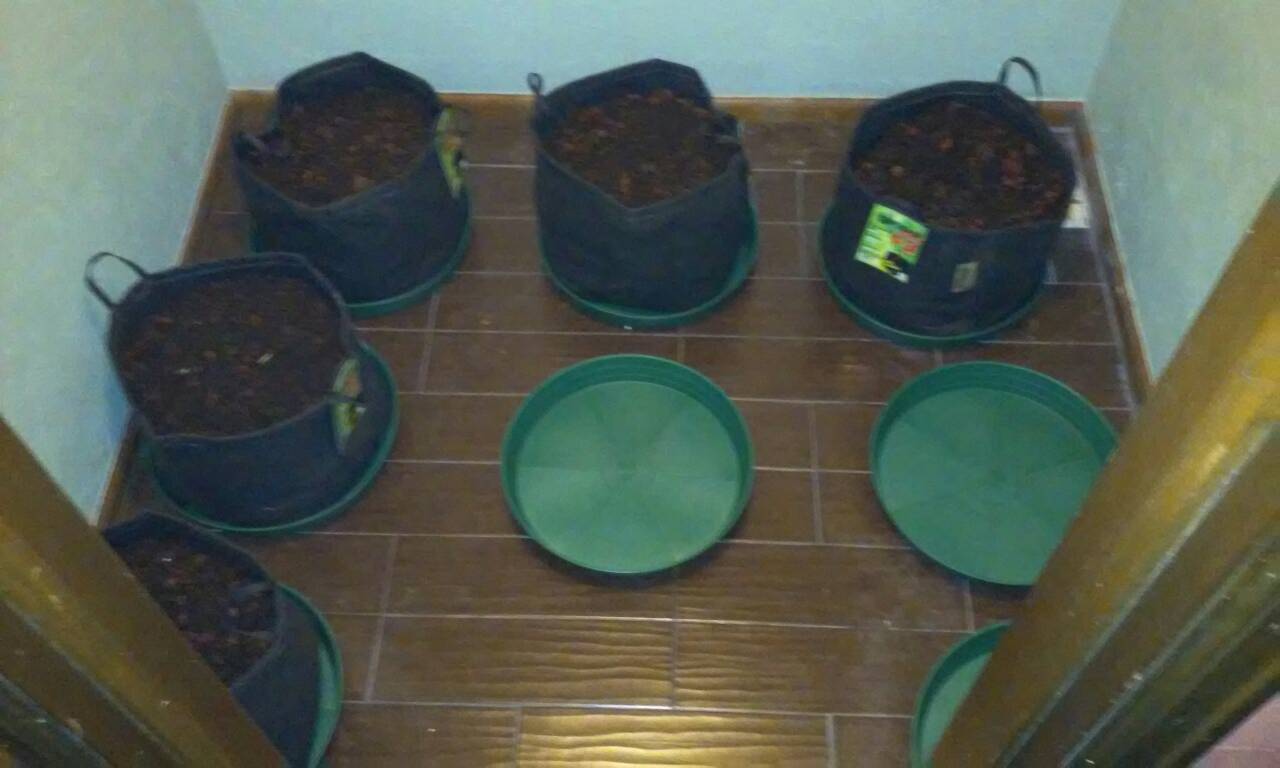




 And I haven't even scratched the surface of the medicinal aspects for ourselves!
And I haven't even scratched the surface of the medicinal aspects for ourselves!